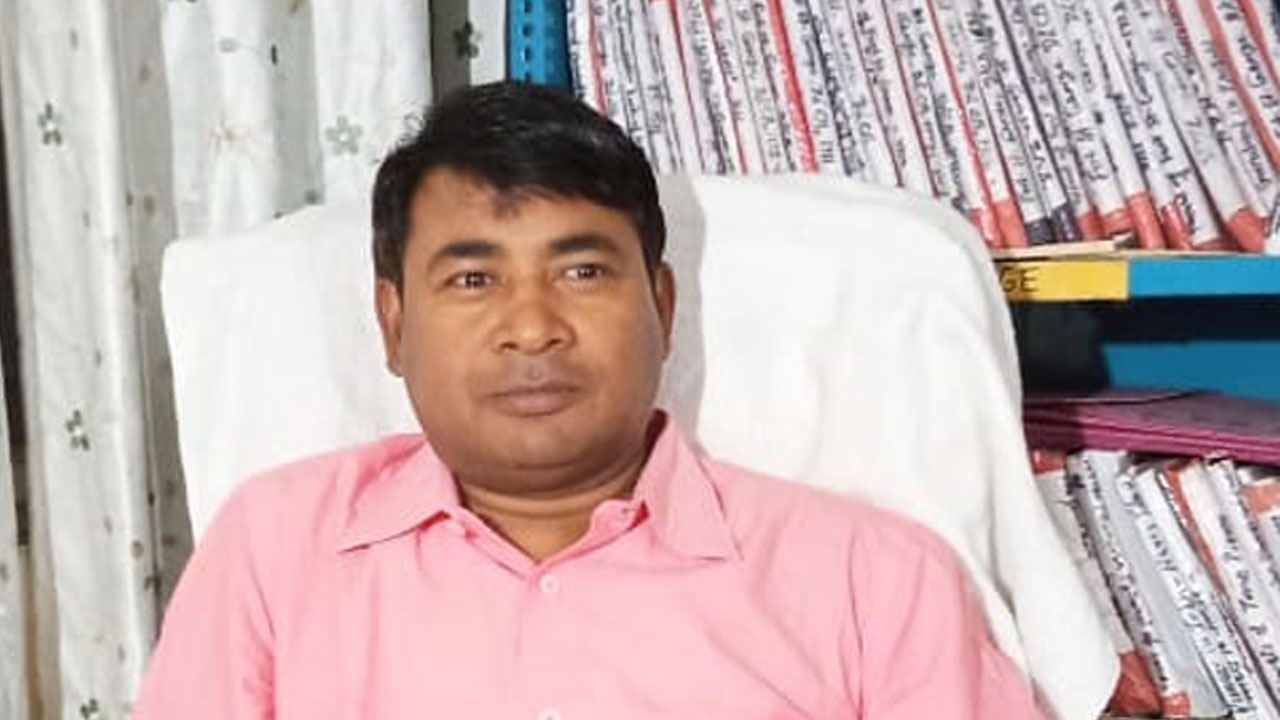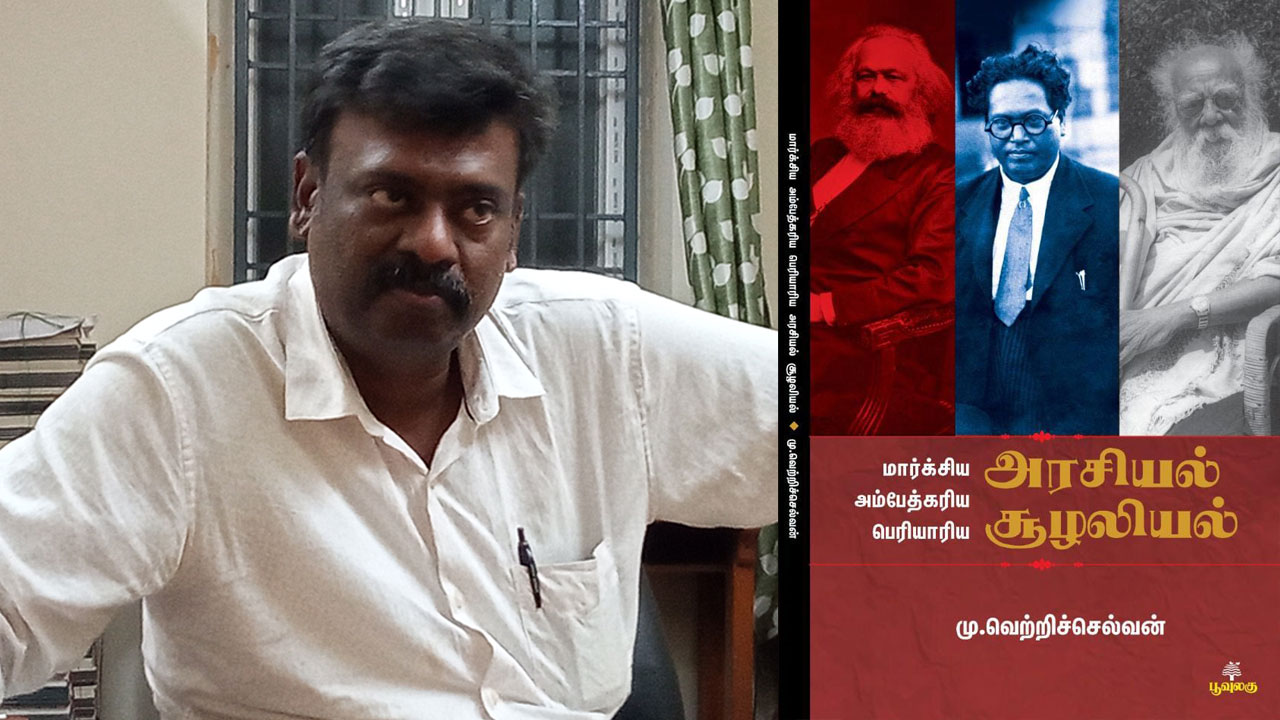The horrific atrocities that the Rajputs committed against Dalits at Shabirpur village in Saharanpur, Uttar Pradesh, on May 5, was only a continuation of what has been happening for
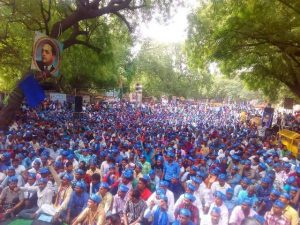
centuries. If the police remained mute spectators to or even collaborators in the crime, there was nothing new in it either. The police and other security forces have been playing second fiddle to the savarnas right since Independence. The media, government and the administration siding with the savarnas was no surprise either. Dalits taking to the streets to protest the atrocities against their brethren and giving voice to their resentment, anger and bitterness is also something that has happened in the past, especially after the 2006 massacre in Khairlanji, Maharashtra, where the Dalits indulged in vandalism and arson for many days. They set public vehicles ablaze and clashed with the police. Massive protests also followed Rohith Vemula’s suicide and the flogging of Dalits in Una. In this regard, Saharanpur was no different.
What was new though was a previously unheard-of form that Dalit resistance had taken – a form of resistance that is being witnessed for the first time in North India. How and why this happened and what this means for the long term deserves a discussion.
In the past, spontaneous demonstrations followed incidents of atrocities against Dalits. But in Saharanpur, on May 9, it became clear that the Dalits would not settle for merely a symbolic protest. Their anger and resentment was so bitter that the savarnas, out of fear, got rid of the saffron “angochas” they used to wrap around their necks with obvious pride. Those who had got “The Great Rajput” or “Rana” written on their vehicles to flaunt their caste status ran for their life, abandoning their vehicles at public places.
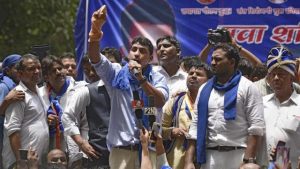
In some instances, when faced with an angry crowd of Dalits, the Rajputs started chanting “Jai Bhim” and “Ambedkar zindabad”. For the first time, the savarnas were fearful that the Dalits might physically attack them to avenge the atrocities against their community. For the first time, they realized that they too were vulnerable, just as the Dalits have been for centuries. They felt that not only their respect and dignity but their life and limbs were also in danger.
It was no longer the case that they could do whatever they like with the Dalits and the Dalits would keep quiet or turn to the government and the administration for justice. The incidents in Saharanpur and the massive gathering at Jantar-Mantar on May 21 proved that the Dalits were no longer ready to silently endure atrocities and attacks.
The after-effects of this show of strength are quite palpable. The savarnas are now on the lookout for an opportunity to show Dalits their place. This was evident by the attack on the Dalits who were returning from the public meeting addressed by Mayawati during her visit to Shabirpur. In their heart of hearts, Rajputs are terror-stricken. The Dalits youths have struck fear into the savarnas, thanks to no small part played by the Bhim Army and its founder Chandrashekhar.
Two questions are pertinent in this context. First: Why did Dalits decide to take it upon themselves to avenge the injustice done to them? Have they lost faith in the country’s criminal justice system? Are they sceptical of the organizations and political outfits that claim to be the protectors of their interest? Second: What are the material and psychological factors that have given the Dalits the self-confidence and courage to take on their tormentors?
As for the first question, the criminal justice system has two major components – the police and the courts. The role of the legislature is limited to framing laws. Then, it is for the police and the courts to enforce them. Needless to say, a series of laws have been enacted to protect the Dalits from atrocities and exploitation. But the ground reality is that most of these laws exist only on paper. The police and the administration – which make up the first line of defence for the Dalits – are biased against them.
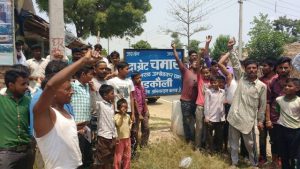
The police are either onlookers or worse still, collaborators, as was evident in Shabirpur. FIRs are either not registered or if registered, the investigations are so shoddy and half-hearted that the courts have no option but to let off the accused. The public prosecutors do not plead the cases strongly. This has been happening time and again. In Bihar, the courts have acquitted the accused of many a mass murder. That is what happened in Khairlanji, Maharashtra.
The same old story is being played out in Shabirpur. The criminals who unleashed violence against the Dalits are roaming free while Bhim Army’s Chandrashekhar and others of his ilk are being portrayed as dreaded criminals by the brahmanical, corporate media. Was it not strange that the police declared a reward of Rs12,000 for information on Chandrashekhar’s whereabouts?
The experience of the past 20-25 years shows that the BSP – which had grabbed power calling itself the protector of Dalits interests – has failed to stop atrocities against the Dalits and secure justice for them.
This has led Dalits to conclude that they themselves will have to secure justice, no matter what the consequences. This is evident not only from the chain of events at Shabirpur but also the very creation of Bhim Army. It is this change in approach of the Dalit youth that has made savarnas fear them.
What made Dalits opt for this new approach? A new generation of Dalit youths has come to the fore that is not ready to concede the higher societal status to the savarnas. They do not believe that they are sons of a lesser god. They might be putting up with inequality out of compulsion but they don’t really believe that any person is superior to them only because he belongs to a higher caste. This is in sharp contrast to the older generations. This generation is educated in the formal sense too. Most of them have cleared Grade 10 examinations and many of them have bachelor’s or higher degrees.
Chandrashekhar and Vinay Ratan Singh – the founders of Bhim Army – are highly educated and aware of the developments in the nation and worldwide. They draw strength from the ideology and the beliefs of Ambedkar. They are seething with anger against the establishment. They come from relatively prosperous families. They are free from the daily grind for arranging two square meals a day, although they must be anxious about the uncertain future and about finding a dignified means of livelihood. The fathers of many of these Dalits youths had or still have a government job. Chandrashekhar’s father was a government schoolteacher. Many of them own agricultural land too. Chandrashekhar’s family owns around 12-13 bighas of land. Thus, they have the material base and consciousness, both. That is why they are not ready to wait for eternity for justice. They are not ready to believe in hollow promises and assurances. They want an eye for an eye. And that is why, for the first time, the savarnas have started fearing the Dalits.

It seems that the factors that Ambedkar said were preventing the Shudras in India from rising in revolt have weakened, if not disappeared. Ambedkar wrote in Annihilation of Caste: “He (Shudra) was not allowed to acquire wealth, lest he should be independent of the three Varnas. He was prohibited from acquiring knowledge, lest he should keep a steady vigil regarding his interests. He was prohibited from bearing arms, lest he should have the means to rebel against their authority.” Today, at least a section of the Dalits has acquired property and education, both. And one having money and knowledge can arrange for weapons as and when needed. This was evident in Saharanpur. If effective and urgent steps are not taken to put an end to casteist violence, Saharanpur will become a routine phenomenon.
Forward Press also publishes books on Bahujan issues. Forward Press Books sheds light on the widespread problems as well as the finer aspects of Bahujan (Dalit, OBC, Adivasi, Nomadic, Pasmanda) society, literature, culture and politics. Contact us for a list of FP Books’ titles and to order. Mobile: +919968527911, Email: info@forwardmagazine.in


